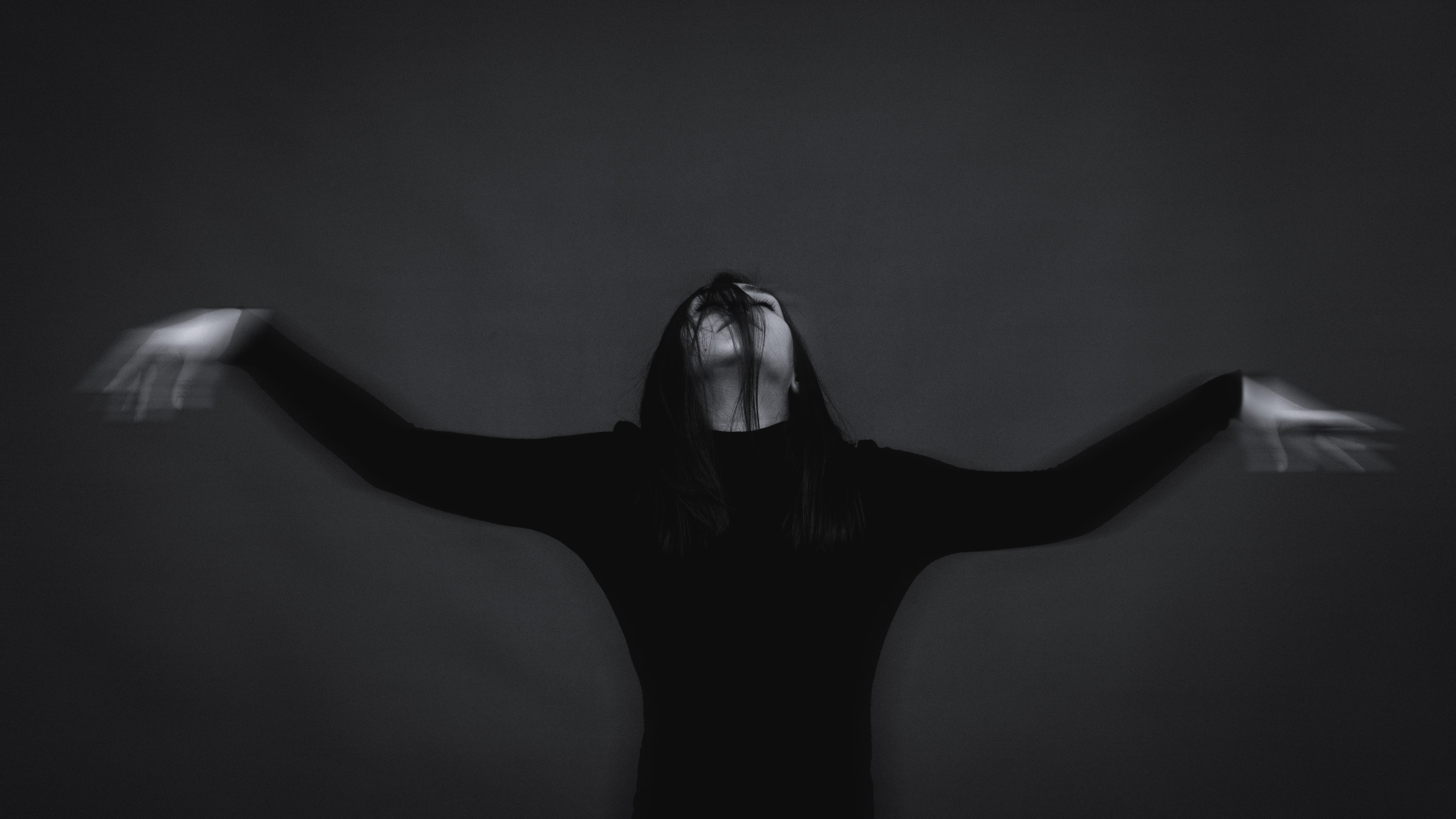Evoke Emotion with Lighting
Posted by Ayo Olasupo on 2nd Nov 2021
How often do we see a movie scene that has a strong impact on us? We all have, and we all probably wish we could keep an inventory of our favorites to access anywhere at any time. We may not be able to carry them around with us everywhere, but we can take the time to re-watch and examine the scenes that strike our emotions, inspire us, and leave us aching to go shoot. Taking the time to understand how different scenes have communicated with us, helps us to understand our own fantasies and how we want to communicate with the world through our own work. That invaluable knowledge fuels our creativity, making it easier for us to create at will.
Though we might not always realize it, we’ve all encountered scenes, whether in movies or real life, that evoked an emotional response in us. The most powerful film scenes are crafted to make us feel an attachment to the moment and remember how it made us feel. Great lighting is always deliberate. To become skilled, we must know what kind of lighting inspires us and what we want to communicate with our audience. Take some time to explore the scenes you remember best and think about why you felt so strongly when you saw it.

To use lighting to evoke emotions we must know the qualities of light. When you look at, or create, a scene, you should study the lighting as if it’s the subject of the image. Look at where the light is coming from - do you think there is more than one light being used? How bright or dim is the light? Does the light look soft, or is it hard with high contrast? Finally, what color is the light? All light has color. Color inevitably affects our perception, whether we realize it or not. The color of the light plays a major role in the communicative power of a scene. How and where is the light falling in the scene? Does it create contrast or evenly illuminate the subject? Do the shadows provide depth, hide details, or direct the eye? The combination of all those factors creates the quality of light, and determines a scene's emotional power. If you want a strong reaction to your scenes, quality of your lighting is critical.
Now you know, lighting is powerful. Aside from being beautiful, it can change how we feel. We control emotions by how we control lighting, and use it to communicate the mood to the audience. Lighting is more than just how bright or dark it is. Lighting is the character of the scene and an art form in itself. Aspiring videographers should always be exploring and considering new ways to light a scene. Practice will increase knowledge, making evocative scenes much easier to create. Feeling inspired? Go shoot!


